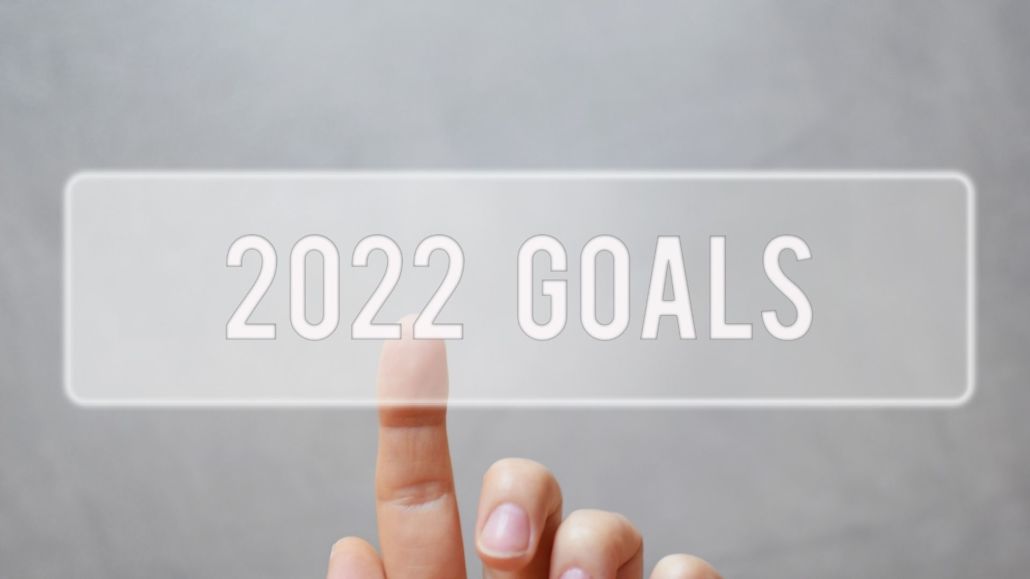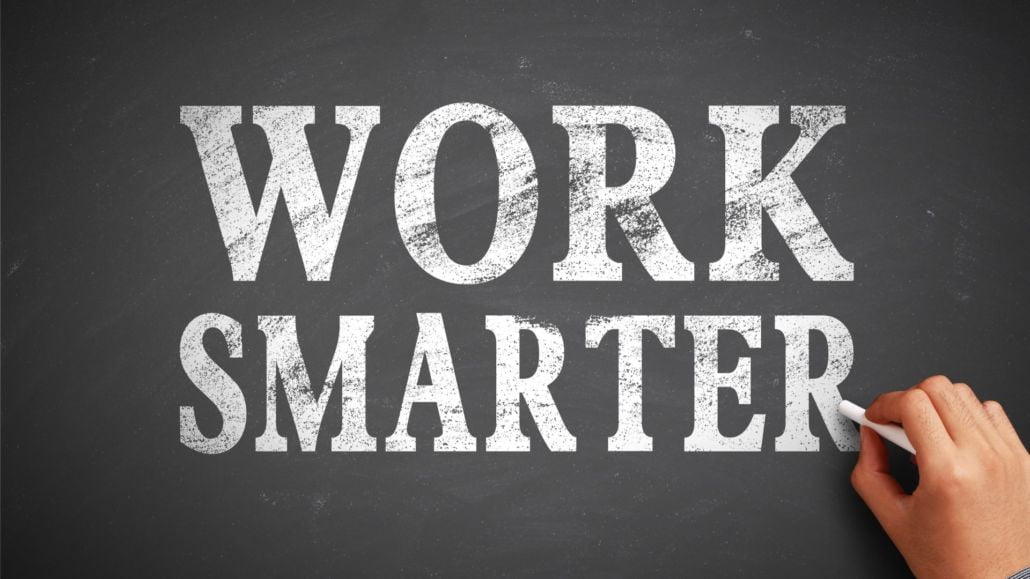PERSONAL VISION
So many people go through life without a personal vision. If you are one of those individuals (don’t worry, I was too), it is not too late. The following questions will help you think about what your personal vision could look like. Your personal vision should guide you in all other aspects of your life.
- If you could project ten years from today, where will you be, what will you be doing and who will you be with?
- If you attain your vision, what would you be doing differently than you are today?
- Will you commit to taking the actions needed to reach your vision?
- What obstacles or challenges do you feel you may have to overcome to attain your vision?
- What support do you need, and from whom to get started, stay motivated and keep accountable?
- Have you shared your vision with anyone?
- Share it, review it regularly and commit to moving it forward by continuous execution of ACTION.
‘Tell me, what is it you plan to do with your one wild and precious life?’
– Mary Oliver
FIVE EASY STEPS TO YOUR PERSONAL VISION
- Develop a PERSONAL VISION – what do you want to do, where do you want to go and how do you
want to feel? See it, feel it, imagine it. - Set GOALS that will help you achieve your vision. Goals will help you identify actions required for execution. Prioritize your goals and define what you need to focus on per quarter moving forward. List the goals that you will work on through to completion next quarter.
- For each goal, PLAN the keystone actions required for every week of the quarter (12 weeks) to produce the results you are looking to achieve. When possible, list action items that can be completed within one week. These will drive your weekly and daily plans.
- Commit to working on the WEEKLY ACTIONS. Don’t lose traction. Even when you don’t feel like working on one of the actions, remain true to your commitments. Continuous execution of actions will ensure you retain momentum.
- Every Monday, spend 15-30 minutes conducting a WEEKLY REVIEW (what you focused on the week prior) and weekly preview (what you will focus on this week). Your weekly plan will help you map out the actions required in your schedule. Do not skip this step! This will help you MEASURE your weekly success and identify areas that need your attention and improvement.
WHAT DOES A GREAT WEEK LOOK LIKE FOR YOU?
Our days are often taken up by items we have not planned or scheduled. To allow time in your schedule to work on priorities, I suggest you allocate three periods in your weekly schedule to increase your efficiency and enable greater focus on tasks required for goal attainment.
WEEKLY THREE-HOUR STRATEGIC BLOCK
This three-hour period is scheduled, not interruptible and prioritized in your weekly plan. During this time, turn your notifications off. Don’t answer the phone during this period, and if in an office, close your door. This time will require 100% of your focus and should never be bumped. It will help you dig deep into strategic activities and get things done.
TWO DAILY 30-MINUTE BUFFER BLOCKS
Schedule one 30-minute period in the morning and the other in the afternoon. Use this time to make/answer phone calls, return voice mail, answer/send emails, and deal with low-value activities.
WEEKLY THREE-HOUR FREE BLOCK
Use this time to get away from your computer and perform face-to-face activities. Lunch or coffee with colleagues/clients/stakeholders. This time helps you focus on priority relationships that require your full attention.
‘Unless commitment is made, there are only promise and hopes; but no plans.’
– Peter Drucker
WHAT ARE YOU WAITING FOR?
‘Once I have a holiday, I will have more energy.’
‘When we hire additional resources, we will be more organized.’
‘When the economy picks up, things will be better.’
‘Things will settle down after our busy period, and we will have more time to work on process improvements.’
Stop waiting for things to change. Make the change. You have control of one thing – your actions.
Take responsibility for the actions you take.
Commit to focusing on your actions to make your vision a reality, be self-accountable, and consistently execute on what needs to be done.
No more excuses, demonstrate your commitment – let’s get going.
BE IN THE MOMENT
Technology is excellent. However, how often do we get so distracted by it and forget to be in the moment? Alerts pinging, social notices, text messages… all take you away from being in the present. It is almost as though the fear of missing out outweighs social interaction conventions, whether in a professional or social setting. Being continually on is exhausting, stressful, and often a factor of burnout.
How much will you miss if you don’t look at your phone when you are in a meeting or when talking to one of your colleagues, clients, or stakeholders?
I encourage you this week to SLOW DOWN, be present and focus on one thing at a time. You will be surprised by how much you get done and how better you feel.
ACTION COMMITMENTS
Choose one thing that would make a significant difference if you did it daily in your professional or personal life.
Got it? Now commit to doing it daily for one quarter. The simple act of consistently executing on a critical action item that will help you be better in your job or personal life will benefit you fivefold.
‘There’s no such thing as work-life balance. There are work-life choices, and you make them, and they have consequences.’
– Jack Welch
If you have any questions about personal visions, or want to learn more on the powerful benefits of executive coaching to elevate your professional success, please reach out to +1 604-616-1967 or jenny@jennyreilly.com and book a complimentary 30-minute strategy session. If you want monthly leadership and professional development tips, sign up for my JRC newsletter or check out my social media on Instagram for top leadership advice throughout the year.




